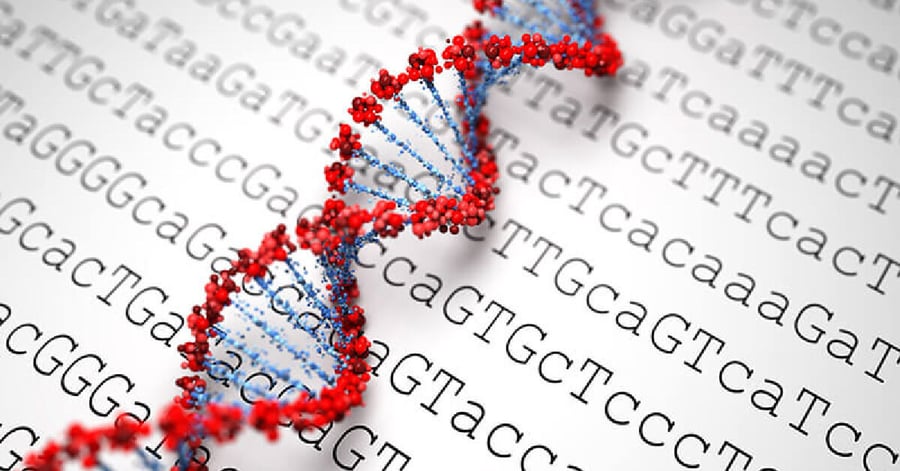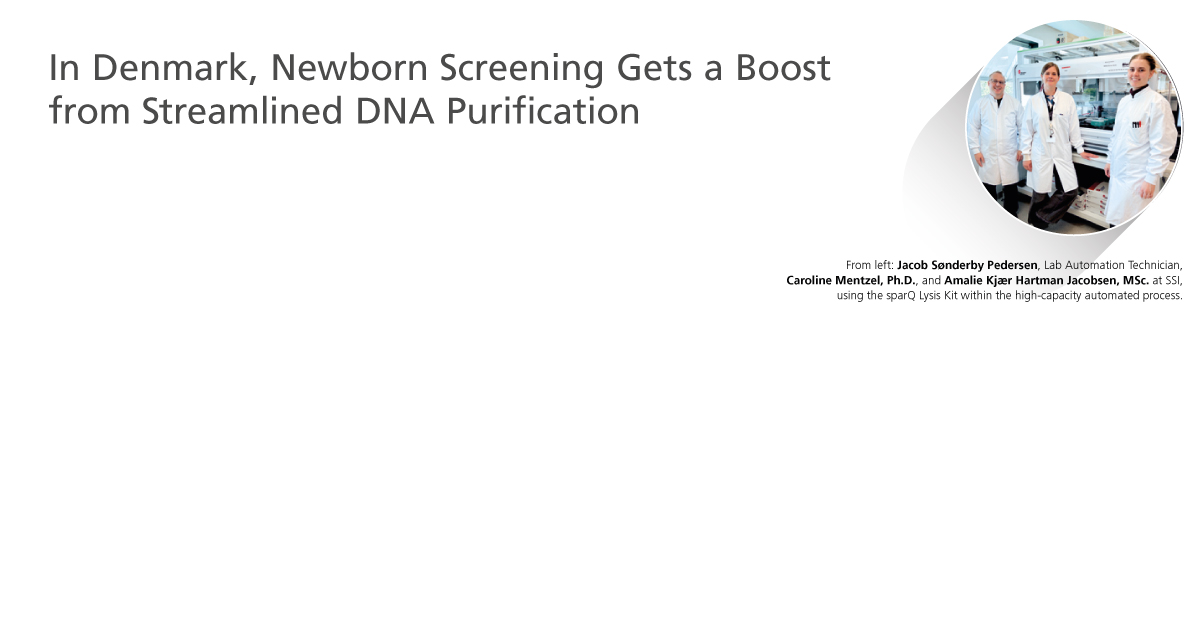What do you get from a bunch of science geeks who think about developing better reagents all day? A constant flow of ideas for how to optimize scientific workflows! (We also make an awesome addition to a trivia team, in case you were wondering.)
Today we wanted to share some ideas for making the most of your reverse-transcription, quantitative PCR (RT-qPCR) workflow. This is a great tool for precisely detecting and measuring relative levels of RNA molecules in a sample. And, like a good dance move, it can be deployed in a one-step or two-step version.
We’ve produced this technical guide for optimizing your RT-qPCR workflows, which also includes a handy troubleshooting guide plus a graphical summary of optimization process. Below, you can find quick highlights of the most important recommendations.
#1. Priming method. Depending on the sample type quantity and the analysis strategy, the choice of primers used to initiate the reverse transcription can really affect the RT-qPCR results. With two-step RT-qPCR reactions, scientists can choose from random primers, oligo(dT), or gene-specific primers, or even combine them. One-step protocols always employ gene-specific primers for reverse transcription, which are then also used for cDNA amplification in the qPCR reaction.
#2. Reverse transcription temperature. The temperature of the reverse transcription reaction can affect specificity, especially if gene-specific primers are used. High temperatures help to prevent primer dimerization, melt RNA secondary structure, and improve specificity of binding for gene-specific primers — but they also can exacerbate metal-ion dependent RNA hydrolysis by free magnesium. Lower temperatures give improved RT stability and processivity for some enzymes, and increased primer hybridization to the RNA for primers that can form a strong 3’ duplex.
#3. Reverse transcription time. Standard reverse transcription reactions can take up to 80 minutes to synthesize cDNA, but for some situations that’s just too long. Reducing this part of the process can vastly improve protocol usability, particularly for RT-qPCR reactions used for diagnostics. This must be done carefully to prevent the loss of complete cDNA synthesis from large quantities of RNA or synthesis of full-length cDNA from long templates.
#4. RNase H activity. RNase H+ reverse transcriptases can improve qPCR amplification as they cleave the RNA template and enhance melting of the RNA-cDNA duplex during the first cycles of PCR. This prevents suppression of qPCR amplification by the RNA template, resulting in higher sensitivity. However, RNase H activity can be a disadvantage for long RNA templates with complex secondary structure where RNA may be degraded prematurely while the RT is stalled, resulting in truncated cDNA. Generally, two-step RT-qPCR protocols benefit from RNase H+ activity when long cDNA strands are synthesized.
#5. Mg2+ concentration. For qPCR, magnesium chloride or magnesium sulfate is typically used at a final concentration of 3 mM. Higher concentrations (up to 6 mM) can further increase enzyme activity and consistency, but lower concentrations can reduce competitive binding and decrease primer-dimer formation. Not sure which way to go? Our one-step RT-qPCR master mixes have optimized Mg2+ concentration to favor both reverse transcription and qPCR reactions.
#6. Enzyme inhibitors. The use of organic solvents (e.g. ethanol) and chaotropic salts (e.g. guanidine) are necessary for RNA extraction and purification, but these can inhibit enzymatic reactions either by direct interaction with the enzymes or with co-factors. If samples contain different levels of inhibitors, sample comparison may not be accurate. Application-specific enzymes combined with optimized buffer formulations can give superior performance in the presence of inhibitors.
#7. DNase treatment. Carryover of gDNA into RT-qPCR reactions can result in nonspecific primer binding, unintended gDNA amplification, and erroneous results for gene expression studies. If it’s not possible to design primers to amplify only cDNA, then the input RNA sample can be treated with DNase I enzyme to degrade any contaminating DNA. But it’s really important to deactivate or remove the enzyme as DNase can degrade newly synthesized cDNA in the reverse transcription reaction.
#8. Controls. For accurate analysis of RT-qPCR results, experiments should include appropriate replicates and controls. At least three technical replicates are necessary for each experimental and control sample to minimize errors due to pipetting, and the expression of an endogenous “internal control” should also be measured to control for differences in RNA extraction, quantification, and reaction setup.
Looking for more technical help? Check out our resources page for technical notes, product manuals, FAQs, and more.
Recent posts
Subscribe to Our Blog
Related Blogs

Tech Support: Let Us Help with Your PCR Primer Design




